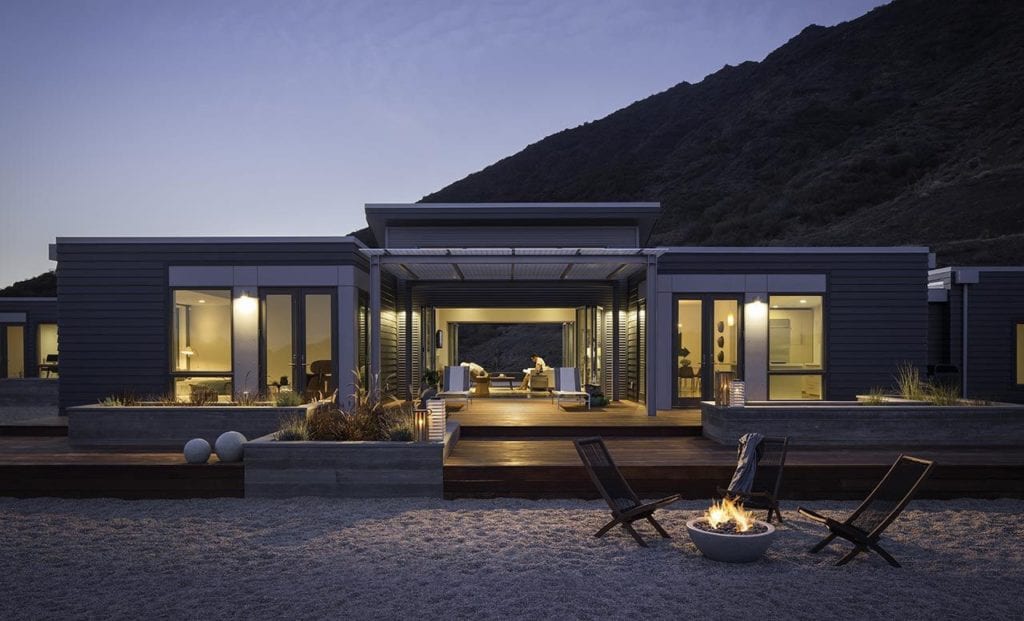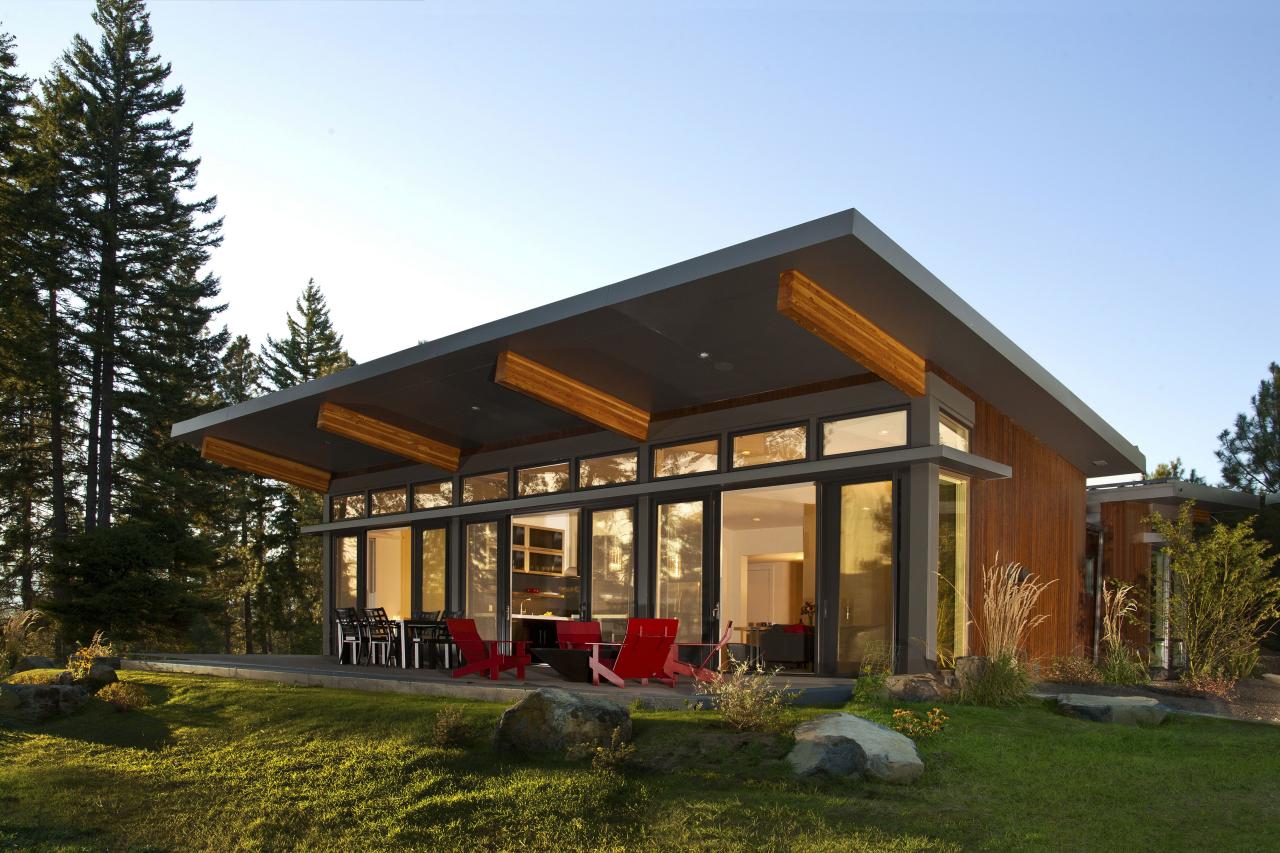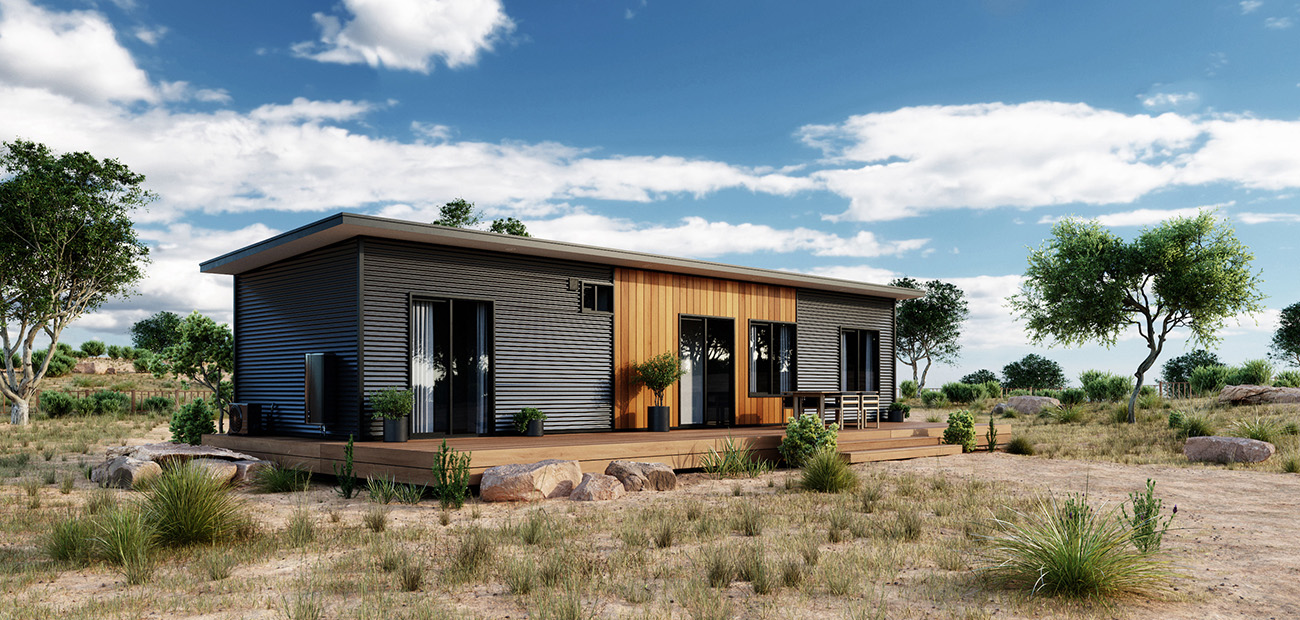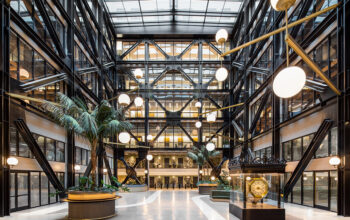The housing industry, often perceived as traditional and slow to adopt change, is currently experiencing a significant and rapidly accelerating transformation: the explosion of modular housing trends. What was once considered a niche construction method is now gaining mainstream traction, offering innovative solutions to address critical challenges such as housing affordability, construction efficiency, sustainability, and the need for rapid deployment in various contexts. From sleek, modern homes to multi-story apartment buildings, modular construction is reshaping how we design, build, and inhabit residential spaces, promising a more efficient, sustainable, and adaptable future for housing.
The surge in modular housing popularity is driven by a confluence of factors, including technological advancements in manufacturing and materials, evolving consumer preferences for faster and more sustainable building processes, and a growing recognition of the inherent advantages that modular construction offers over traditional stick-built methods. This trend is not limited to a specific region or market segment; rather, it represents a global shift towards a more industrialized and streamlined approach to homebuilding, with the potential to revolutionize the entire housing ecosystem.
The Driving Forces Behind the Modular Housing Boom

Several key factors are fueling the rapid growth of modular housing trends:
- Addressing Housing Affordability: In many urban and even suburban areas, the cost of traditional site-built housing has become increasingly prohibitive for a significant portion of the population. Modular construction often offers a more cost-effective alternative due to economies of scale in factory production, reduced labor costs on-site, and shorter construction timelines, ultimately leading to more affordable homes for buyers and renters.
- Improving Construction Efficiency and Speed: One of the most significant advantages of modular construction is the ability to manufacture building components in a controlled factory environment, simultaneously while site preparation occurs. This parallel process drastically reduces overall construction time, minimizing disruption and allowing for faster occupancy. Faster build times also translate to reduced financing costs and quicker return on investment for developers.
- Enhancing Quality Control: Factory-based modular construction allows for stringent quality control measures at every stage of the building process. Consistent environmental conditions, precision manufacturing techniques, and rigorous inspections result in higher-quality building components compared to the variability often encountered in on-site construction.
- Promoting Sustainability and Reducing Waste: Modular construction inherently promotes sustainability through optimized material usage, reduced waste generation (as excess materials can be easily recycled in a factory setting), and the ability to incorporate sustainable materials and energy-efficient technologies more readily. The controlled environment also minimizes the impact of weather delays and associated material waste.
- Adaptability and Flexibility in Design: Modern modular designs are far from the standardized, boxy structures of the past. Architects and engineers are now leveraging modularity to create aesthetically appealing, highly customizable, and flexible homes that can be adapted to diverse site conditions and homeowner preferences. Modules can be combined in various configurations to create unique and spacious living environments.
- Addressing Labor Shortages in the Construction Industry: The traditional construction industry in many regions faces a shortage of skilled labor. Modular construction shifts a significant portion of the work to factory settings, which can attract a different workforce with specialized manufacturing skills and potentially offer more stable and predictable work conditions.
- Facilitating Rapid Deployment and Temporary Housing Solutions: Modular construction is particularly well-suited for situations requiring rapid deployment of housing, such as disaster relief efforts, temporary worker accommodations, or student housing. The ability to quickly manufacture and assemble modular units provides a timely and efficient solution to urgent housing needs.
Key Trends Shaping the Modular Housing Landscape
The modular housing sector is characterized by several emerging trends that are further driving its growth and innovation:
Advancements in Modular Design and Architecture
- Sophisticated Aesthetics: Modern modular homes are increasingly indistinguishable from their site-built counterparts, featuring contemporary designs, high-end finishes, and architectural detailing.
- Design Flexibility and Customization: Modular systems now offer a wide range of design options, allowing for customization of floor plans, materials, and finishes to meet individual homeowner needs and preferences.
- Hybrid Construction: Combining modular components with traditional on-site construction to leverage the benefits of both methods, such as using modular units for core living spaces and site-built elements for unique architectural features.
Technological Innovations in Modular Manufacturing
- Automation and Robotics: Increased use of automation and robotics in modular factories enhances efficiency, precision, and quality control while reducing labor costs.
- Building Information Modeling (BIM) for Modular: BIM software is crucial for designing, planning, and managing the complex logistics of modular construction, from factory fabrication to on-site assembly.
- Advanced Materials and Manufacturing Techniques: Exploration and adoption of innovative and sustainable materials, along with advanced manufacturing techniques, are improving the performance and environmental footprint of modular homes.
Growth in Multi-Story Modular Buildings
- High-Rise Modular Construction: Significant advancements in engineering and manufacturing now enable the construction of multi-story apartment buildings, hotels, and other high-density residential and commercial structures using modular techniques.
- Scalability and Density: Modular construction offers a viable solution for increasing housing density in urban areas quickly and efficiently.
Focus on Sustainability and Green Modular Building
- Net-Zero Energy Modular Homes: Integrating renewable energy systems, high-performance insulation, and energy-efficient technologies into modular designs to create homes that produce as much energy as they consume.
- Use of Sustainable and Recycled Materials: Modular manufacturers are increasingly prioritizing the use of environmentally friendly and recycled materials in their building processes.
- Waste Reduction and Resource Efficiency: The controlled factory environment allows for optimized material use and minimized construction waste.
Development of Innovative Modular Housing Solutions
- Tiny Homes and Accessory Dwelling Units (ADUs): Modular construction is well-suited for the efficient and cost-effective production of tiny homes and ADUs, addressing the need for smaller and more affordable housing options.
- Pop-Up and Temporary Modular Structures: The portability and ease of assembly of modular units make them ideal for temporary housing solutions, event spaces, and disaster relief efforts.
- Smart Home Technology Integration: Modular homes can be easily integrated with smart home technologies during the manufacturing process, offering homeowners enhanced comfort, convenience, and energy efficiency.
Case Studies and Examples of Modular Housing Success
The growing popularity of modular housing is evident in numerous successful projects around the world:
- CitizenM Hotels: This international hotel chain utilizes prefabricated modular rooms that are manufactured off-site and then stacked and assembled to create stylish and efficient urban hotels.
- Carmel Place, New York City: This micro-apartment building in Manhattan demonstrates the potential of modular construction to create high-quality, compact urban housing in dense environments.
- The Forsa Project, Sweden: This project involved the construction of multi-story apartment buildings using prefabricated timber modules, highlighting the speed and sustainability benefits of modular construction with renewable materials.
- Various Disaster Relief Housing Initiatives: Following natural disasters, modular housing units have been rapidly deployed to provide temporary and permanent shelter for displaced populations.
- Increasing numbers of single-family modular homes: Homebuyers are increasingly choosing modular construction for custom-designed, high-quality, and energy-efficient single-family residences.
Challenges and Considerations for Modular Housing

Despite its numerous advantages, the widespread adoption of modular housing still faces certain challenges:
- Transportation Costs and Logistics: Transporting large modular units from the factory to the construction site can be costly and logistically complex, especially for projects in remote locations or with significant transportation distances.
- Site Access and Foundation Requirements: Adequate site access is crucial for delivering and installing modular units. Proper foundation preparation is also essential to ensure the stability and longevity of the modular structure.
- Building Codes and Regulations: Building codes and regulations can sometimes vary between jurisdictions and may not always be fully adapted to the specifics of modular construction, potentially leading to permitting challenges.
- Financing and Appraisal Processes: Traditional financing and appraisal processes may not always be as straightforward for modular homes compared to site-built houses, although this is gradually changing as the industry matures.
- Public Perception and Misconceptions: Some lingering misconceptions about the quality and design limitations of modular homes may still exist among potential buyers and the general public.
The Role of Architects, Developers, and Policymakers
Realizing the full potential of modular housing requires the collaborative efforts of architects, developers, and policymakers:
- Architects and Designers: Embracing modular design principles and exploring the creative possibilities offered by off-site construction.
- Developers: Recognizing the benefits of faster construction timelines, improved quality control, and potential cost savings associated with modular building.
- Policymakers: Updating building codes and regulations to better accommodate modular construction methods and providing incentives for sustainable and efficient building practices.
- Educating the Public: Raising awareness about the advantages and versatility of modern modular housing to address misconceptions and foster greater acceptance.
Conclusion
The future of modular housing appears bright, with continued innovation and increasing adoption expected across various sectors of the housing market. As technology advances, manufacturing processes become more sophisticated, and awareness of the benefits of modular construction grows, it is poised to play an increasingly significant role in addressing global housing challenges and shaping the future of the built environment. Modular housing offers a compelling vision of faster, more efficient, sustainable, and affordable housing solutions, and its ongoing evolution promises to revolutionize the way we live.



